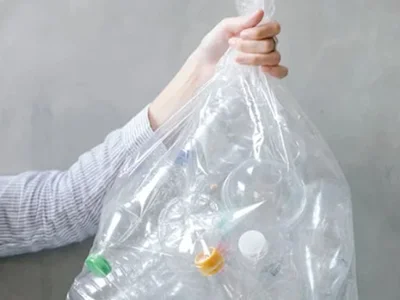The Best Guide To Reclaim Waste
The Best Guide To Reclaim Waste
Blog Article
Rumored Buzz on Reclaim Waste
Table of Contents4 Easy Facts About Reclaim Waste DescribedThe smart Trick of Reclaim Waste That Nobody is Talking AboutGetting The Reclaim Waste To WorkThings about Reclaim WasteLittle Known Questions About Reclaim Waste.
Residential sewer waste refers to the waste and items from a property septic container. The proper management and disposal of domestic sewer waste require fluid waste to be transferred to a sewage treatment plant where the correct methods and devices are used to cleanse and dispose of waste.
Commercial waste typically includes possible hazards, such as flammable materials or a mix of fluid and solid waste items, and requires an advanced and in-depth disposal procedure. The disposal of business waste generally entails the filtering of waste before transportation to ensure risk-free and proper disposal. Industrial waste is created from byproducts and drainage of industrial procedures and production.
This type of waste can not use the very same sewer administration transportation or procedures as septic or business liquids. The hazardous waste administration procedure needs the inspection and testing of liquid waste prior to it goes through the disposal procedure (industrial wastewater treatment). Runoff waste is the fluid waste that originates from runoff and excess stormwater in highly populated locations or cities
Drainage waste can create contamination and flooding otherwise handled effectively. Discover extra about sewer cleaning and waste administration. Making sure appropriate waste monitoring can prevent disasters and lower environmental harm. Both people in household settings and professionals in commercial or manufacturing industries can gain from comprehending the processes and laws of fluid waste monitoring.
Getting The Reclaim Waste To Work
Get in touch with PROS Providers today to discover about our waste monitoring and disposal services and the appropriate methods to care for the liquid waste you generate.
(https://www.intensedebate.com/people/reclaimwaste1)Do you know what takes place to your water when you disengage, flush the commode or drain the cleaning device? No? Well, it deserves understanding. This so-called 'wastewater' is not just a crucial resource yet, after treatment, will certainly be released to our land, waterways or the sea. Used water from commodes, showers, bathrooms, kitchen sinks, washings and industrial processes is known as wastewater.

water used to cool down machinery or tidy plant and tools). Stormwater, a form of wastewater, is overflow that moves from agricultural and metropolitan locations such as roofing systems, parks, yards, roadways, courses and gutters into stormwater drains pipes, after rainfall. Stormwater flows unattended directly to regional creeks or rivers, eventually reaching the sea.
Reclaim Waste Things To Know Before You Get This
In Queensland, most wastewater is treated at sewage treatment plants. Wastewater is transported from domestic or commercial websites via a system of sewage systems and pump terminals, called sewage reticulation, to a sewer therapy plant. City governments construct, maintain and operate most sewage therapy plants. Operators are certified under the Environmental Security Act 1994 to release cured wastewater at an appropriate ecological criterion right into waterways.
The Department of Natural Resources encourages city governments regarding handling, operating and keeping sewage systems and therapy plants. In unsewered areas, local governments may require owners to install private or family sewage therapy systems to deal with residential wastewater from bathrooms, kitchens, bathrooms and washings. The Division of Natural Resources authorises making use of home systems when they are proven to be effective.
In some new subdivisions, treatment of some stormwater to eliminate clutter, sand linked here and crushed rock has actually begun making use of gross pollutant catches. Wastewater therapy occurs in four stages: Removes strong matter.
Wastewater after that moves right into big tanks where solids resolve and are eliminated as sludge. Oil and scum are skimmed from the surface. Uses little living organisms called micro-organisms to damage down and remove staying dissolved wastes and great fragments. Micro-organisms and wastes are integrated in the sludge. Removes nitrogen and phosphorus nutrients that could trigger algal blossoms in our waterways and intimidate aquatic life.
The Buzz on Reclaim Waste
Nutrient removal is not available at all sewage treatment plants since it requires pricey specialist equipment. Clear fluid effluent generated after treatment might still have disease-causing micro-organisms - liquid waste disposal.

This typically indicates wastewater has to be dealt with or pollutants removed prior to it can be discharged to rivers. A lot of wastewater flows right into the sewage system. Under the Act, city governments provide authorizations and licences for eco appropriate tasks (Periods) entailing wastewater launches that may have a local influence. The department carries out approvals and permits to ERAs entailing wastewater releases that could have a regional or statewide effect.
Fascination About Reclaim Waste
Or else, samples are taken for laboratory analysis. Usually many tests are needed to develop the degrees of each of the different contaminants such as oils, hefty steels and pesticides in water. Surveillance provides accurate details about water high quality and can confirm that permit problems are being met. The info acquired with tracking supplies the basis for making water top quality choices.
Report this page